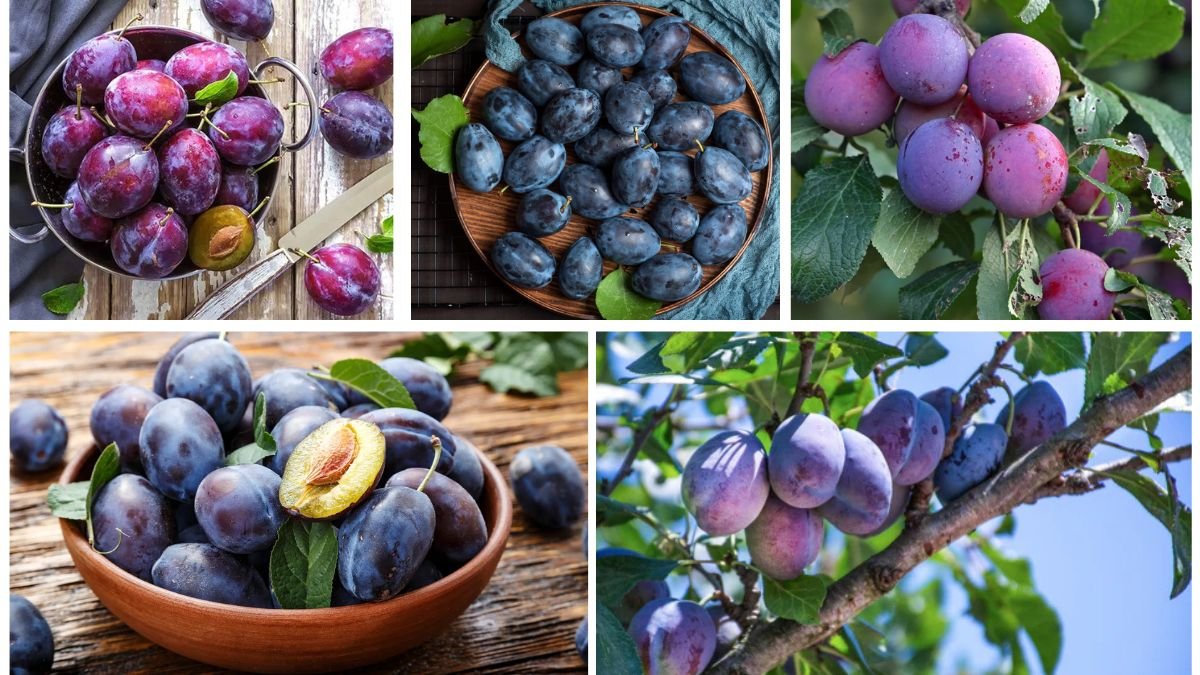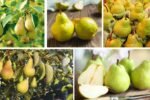Plums (Prunus domestica) are a popular fruit known for their sweet, tart flavor, vibrant colors, and impressive nutritional benefits. Consumed fresh, dried as prunes, or used in jams, sauces, and beverages, plums are an essential part of diets worldwide.
But among all producing nations, which country produces the most plums globally? The answer is China, a country whose vast orchards, favorable climate, and advanced cultivation techniques make it the undisputed global leader in plum production. This article explores China’s dominance, other major producers, global trade, and the fruit’s nutritional, cultural, and economic significance.
Understanding Plums

Plums are stone fruits that grow on deciduous trees. They are valued for their taste, versatility, and health benefits.
Key Features:
- Varieties: Thousands of plum cultivars exist, including European plums (Prunus domestica), Japanese plums (Prunus salicina), and wild plums.
- Flavor: Sweet to tart, depending on variety and ripeness.
- Uses: Eaten fresh, dried as prunes, juiced, or used in desserts, sauces, jams, and alcoholic beverages.
- Nutritional Benefits: Rich in vitamin C, vitamin K, dietary fiber, potassium, and antioxidants.
- Health Benefits: Aid digestion, support heart health, boost immunity, and promote bone health.
Plum trees thrive in temperate climates with cold winters, warm summers, and well-drained soil. Proper pruning, irrigation, and pest management are crucial for maintaining fruit quality and tree longevity.
China: The Global Leader in Plum Production
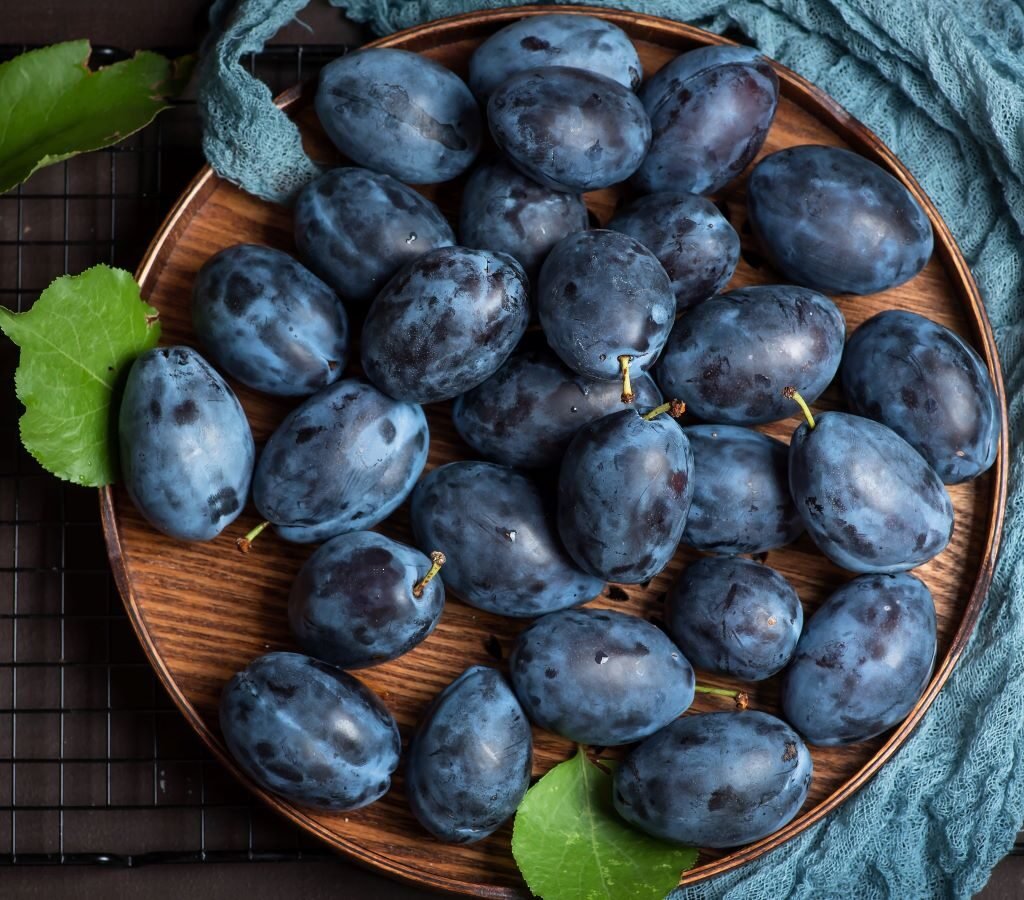
Production Scale
China is the largest producer of plums in the world, accounting for more than 50% of global production. According to the Food and Agriculture Organization (FAO), China produces over 6 million metric tons of plums annually, far surpassing any other country.
Factors Behind China’s Dominance
- Ideal Climate and Geography
China’s diverse climate zones—from temperate northern regions to subtropical southern areas—support the cultivation of a wide range of plum varieties. Major growing regions include Shandong, Hebei, Shaanxi, and Sichuan provinces. - Extensive Cultivation Areas
China has vast orchards dedicated to plum cultivation, covering hundreds of thousands of hectares. This large-scale farming allows for significant yield and year-round production of multiple varieties. - Varietal Diversity
China cultivates both European and Japanese plum varieties:- European Plums: Primarily for fresh consumption and prunes.
- Japanese Plums: Popular for fresh markets due to their juicy texture and sweet flavor.
- Modern Agricultural Practices
Farmers employ advanced techniques including trellising, drip irrigation, integrated pest management, and fertilization optimization to maximize yield, fruit size, and quality. - Domestic and Export Markets
Most Chinese plums are consumed domestically, though exports are increasing. Fresh plums, dried prunes, and plum-based products reach international markets, particularly in Asia, Europe, and North America.
Other Major Plum Producers
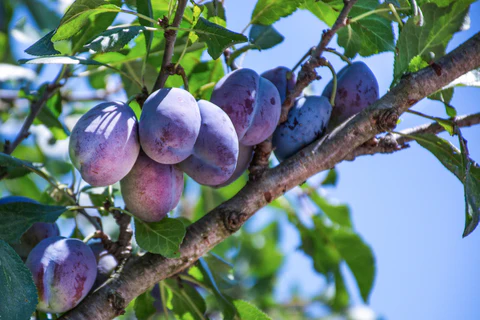
While China leads, several other countries play significant roles in global plum production:
1. Romania
- Annual Production: Approximately 350,000–400,000 metric tons.
- Highlights: Produces European plums, primarily for prunes and jams; the prune industry is well-established in Romania.
2. Serbia
- Annual Production: Around 300,000–350,000 metric tons.
- Highlights: A key European producer of plums and prunes; Serbian plums are exported across Europe and used in traditional slivovitz (plum brandy) production.
3. United States
- Annual Production: Roughly 250,000–300,000 metric tons.
- Highlights: California leads U.S. plum production, focusing on both fresh market plums and prunes for domestic consumption and export.
4. Chile
- Annual Production: Approximately 200,000–250,000 metric tons.
- Highlights: Grows plums for export to North America and Europe, especially during the off-season of Northern Hemisphere production.
5. Other Countries
- Spain, Turkey, India, and Italy also contribute significantly, supplying fresh fruit, prunes, and processed plum products to domestic and international markets.
Global Plum Market and Trade
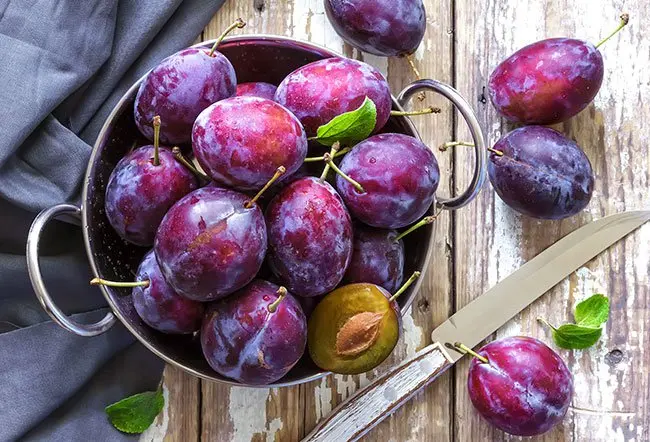
Plums are in high demand globally, both fresh and dried:
- China: Largest producer; most plums consumed domestically.
- Romania and Serbia: Major suppliers of prunes and processed plum products to Europe.
- United States and Chile: Supply fresh plums and prunes to global markets, particularly during the off-season in other producing regions.
- Global Trend: Increasing health-conscious consumption, demand for dried fruits, and plum-based beverages are driving trade.
Technological advances in cold storage, transportation, and processing have enabled plums to reach international markets while maintaining freshness and quality.
Nutritional and Health Benefits of Plums

Plums are nutrient-rich and offer multiple health advantages:
- Vitamins and Minerals
Plums provide vitamin C, vitamin K, potassium, and manganese, supporting immunity, blood clotting, and bone health. - Dietary Fiber
Helps digestion, prevents constipation, and supports gut health. - Antioxidants
Polyphenols and anthocyanins protect against oxidative stress, inflammation, and chronic disease. - Low-Calorie Snack
Ideal for weight management and healthy diets. - Prunes
Dried plums (prunes) are particularly effective in promoting digestive health and preventing osteoporosis due to high fiber and phenolic content.
Regular consumption of plums and prunes contributes to overall wellness and supports a heart-healthy, balanced diet.
Culinary and Cultural Significance
Plums have a rich culinary and cultural presence worldwide:
- China: Used fresh, dried, or in sauces, candies, and beverages; also holds symbolic meaning in Chinese culture representing perseverance and hope.
- Europe: Prunes are widely used in desserts, jams, sauces, and traditional spirits like slivovitz.
- United States: Fresh plums and prunes are eaten raw, in baking, or processed into jams and juices.
- Global Trend: Plums feature in fruit salads, desserts, preserves, beverages, and savory dishes, making them a versatile and valued fruit.
Challenges in Plum Cultivation
Despite being adaptable, plum production faces challenges:
- Climate Sensitivity
Plums require chilling hours for flowering; frost, drought, or excessive rainfall can affect fruit set and quality. - Pests and Diseases
Aphids, plum curculio, brown rot, and bacterial spot can reduce yield and marketable fruit. - Labor Intensity
Harvesting plums requires careful handpicking to prevent bruising and preserve quality. - Market Fluctuations
Prices for fresh plums, prunes, and processed products vary depending on seasonal supply and global demand.
Advanced farming practices, disease-resistant varieties, and modern irrigation and pruning methods help mitigate these challenges.
The Future of Plum Production
- Rising Global Demand
Health-conscious consumers are increasing demand for fresh and dried plums, as well as plum-based functional foods. - Value-Added Products
Prunes, juices, jams, sauces, and plum-derived beverages are expanding markets for producers. - Technological Advancements
Precision agriculture, improved pruning techniques, and cold chain logistics are enhancing yields, quality, and shelf life. - Emerging Producers
India, Turkey, and African nations are expanding plum cultivation to meet growing domestic and international demand.
Final Thoughts
So, which country produces the most plums globally? The answer is China, producing over 6 million metric tons annually, with extensive orchards in Shandong, Hebei, Shaanxi, and Sichuan provinces.
Other major producers include Romania, Serbia, the United States, and Chile, while emerging regions are expanding production to meet rising global demand.
With their sweet, tart flavor, nutritional richness, and culinary versatility, plums remain a favorite fruit worldwide. China’s leadership ensures a steady supply for fresh consumption, prunes, jams, and beverages, solidifying its position as the world’s largest plum producer.
